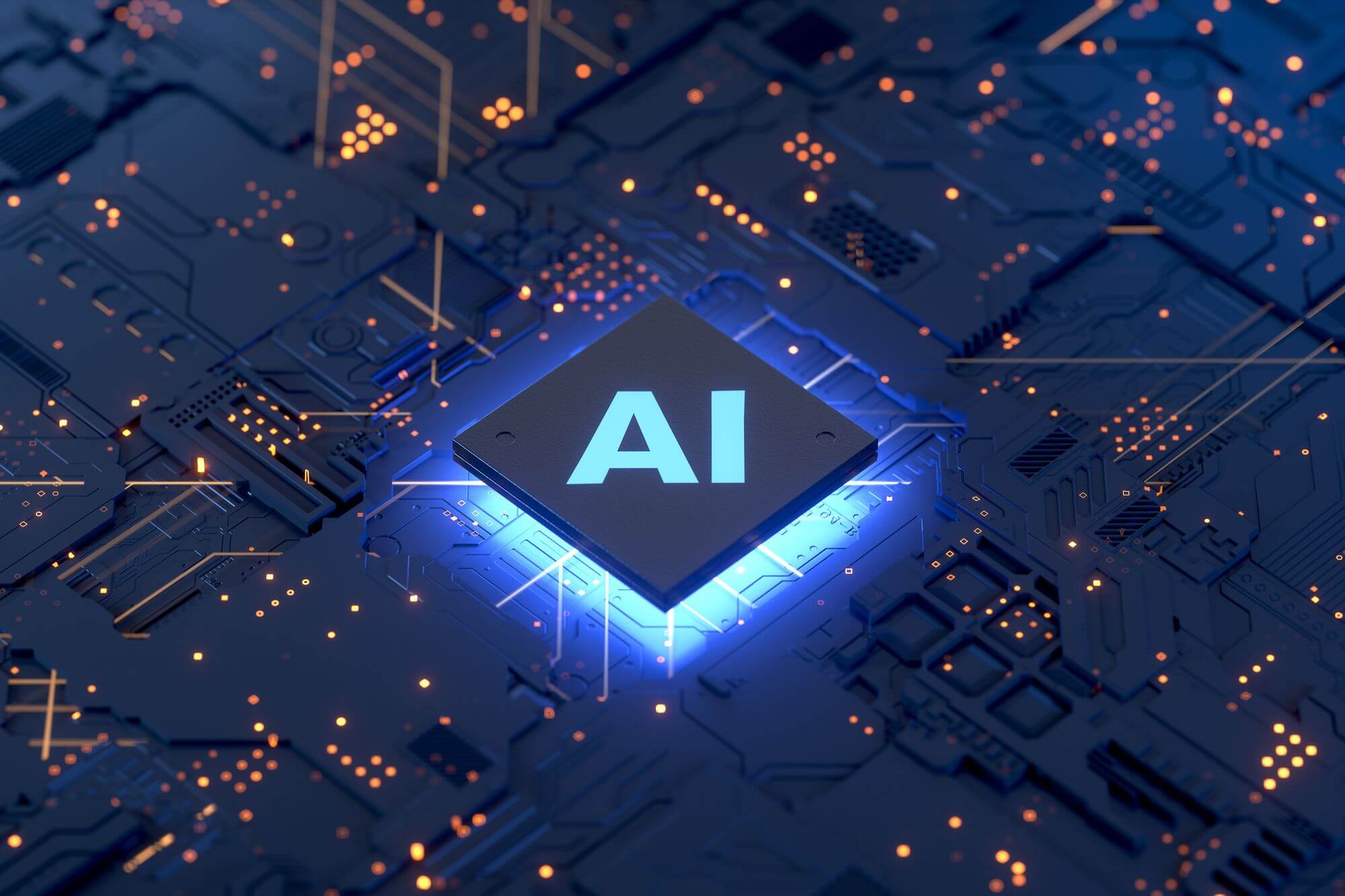
AI vs. Big Data; Everything You Need to Know
intelligence is the concept of contextualizing human knowledge and replicating it in various systems and analogies. Artificial intelligence feeds on broad notions of data and information to extract meaningful insights, develop better technologies and mythologies, and adapt better-optimized processes to get things done. The ultimate goal of artificial intelligence is to create such intricate digital systems that can work together and perform various complicated tasks quite smoothly. The concept and adaptability of artificial intelligence are incredibly vast, and its horizons fleeting. More will be discussed during its comparison with big data.
What is Big Data?
Big data is a concept than it is a process or a system. The idea of big data has been around since the early 1990s, and the word "big data" figuratively means that the data has kept getting bigger and bigger and reached its present form. IoT or the internet of things keeps growing at a more substantial pace, which means that the accumulation, transmission, and sharing of data has also increased at the same speed.
Such large or big data requires the same moderation with its processing. In simpler terms, big data requires some heavy processing and interpretation to be parsed, processed and filed under a practical section. The only typical interaction between AI and big data is that AI refers to the digital means that can effectively help in the processing of big data. Big data is nothing but a substrate over which AI would act for its processing and extracting a more profound meaning out of it.
So, in a broad spectrum, the only relation that can be derived in-between AI and big data is that the first one provides computing power to process, compute, interpret, and parse the other one.
Big data is what's being processed by using subtle means of AI for retrieving actionable intelligence, predictions about future decisions, in-depth analysis and interpretation of data, and deriving the absolute meaning or direction in which the data can be used.
Comparison b/w AI and Big Data
Let’s make a through comparison regarding the actions of AI on big data while using simple and daily life examples. It will provide you a deeper meaning that AI and big data are different not only in existence but also in the actions required of them. So, without further ado let’s get right into it;
Image recognition
Image control has become the standard norm for boosting security practices for companies, businesses, and other variety of organizations. You are more prone to see the face detection feature over a smartphone than inside a digitally fortified organization. The level of security has been increased to that particular height. Now, AI is the driving force behind the image recognition system; it can run patterns and switch between algorithms to parse or sort the information that it is receiving. Now, what’s being processed? Of course, it is data, your face in front of an image recognition system.
Alright then where is big data? Perceive it this way that when you are at an advanced metro station and want to buy tickets or enter the metro, you have to swipe your ID card to a digital scanner, right? Now, the sizeable mounted camera would run your face schematics through an extensive collection of similar data such as a national database to validate your existence and then allow you to pass through. That comprehensive database is the big data, and AI is the processing force behind it.
Speech recognition
Speech recognition is something that is latest and widely used in order to interact with computers and other digital artifacts. Speech recognition is done by AI systems that work in close collaboration with the data these receive. Now, that stream of data coming in interaction with AI algorithms is the big data right there.
Data analytics is getting less labor-intensive
Not that far into the past, the concepts and mechanics of data analytics were alive and present. Many people had to go through massive piles of data, information, and papers in order to extract some connection that is forming or extract the overall meaning out from it. But with the help of cybersecurity, AI, and cloud computing, there now exists such detailed systems in place that can help extract the meaning out of such exaggerating volume of data called big data. Machine learning is another subset of AI which provides advanced analytics support needed to obtain insight from such massive piles of data.
The Big data certification is absolutely necessary if you want to dive into the prospects of joining data science or govern a career around it. You can join various boot camps or profoundly enough to seek effective training from various professionals out there. Update your skillset, and then you can have a chance at becoming a Big data scientist or working with organizations that can fill you in with that kind of experience.
